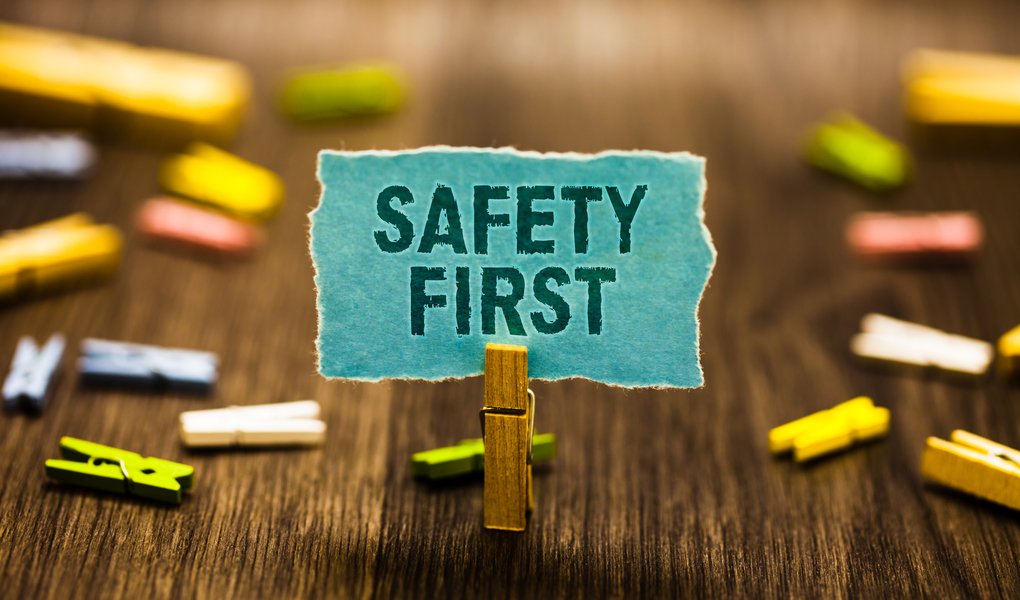If you’ve tried adding safety policies, tweaking work processes, holding safety meetings, and investing countless dollars in safety training, but these tactics don’t seem to make a dent in your reportables, this could be why

Certain mindsets impact the success of any attempt to modify organizational culture. The following beliefs undermine efforts to integrate safety into everything the organization does, from the C-suite to the warehouse floor.
- The Blame Game: Evident when workers are afraid that they will get blamed, and maybe even penalized or punished, if they report safety concerns.
- It’s Not My Job: Manifests itself in a lack of personal accountability for safety on the job. Safety is viewed as being the responsibility of the Safety Manager or some other authoritative figure.
- Safety and Productivity Can’t Co-exist: Workers feel that any safety measures or controls that exist hinder their ability to be productive on the job.
- Injuries Just Happen: Evident when your workers expect to get injured and accept it as being part of the job.
- Change Takes Too Long, So Why Bother?: This mindset is characterized by apathy and complacency. Nothing ever changes around here, so why should I try?
To get your workers to believe that changes are really going to take place, you have to demonstrate that change is already taking place. We don’t mean lip-service. You have to take specific actions and will probably have to do some changing yourself. Here are a few suggestions.
Brush Up On Your People Skills
Become comfortable talking with your workers. You have to listen to gain an understanding of what it feels like to do their jobs. Let them know that they will not experience any type of reprisal for surfacing safety problems.
Encourage your workers to confide in you about their safety concerns, and get their ideas on what changes are needed to make their jobs safer. Avoid negativity, adopting a “can do” attitude. Then make at least some of those changes happen. Seeing change leads to believing it really can happen.
When your workers make the connection that what they tell you about unsafe conditions results in action, and that there’s no penalty for being truthful about safety issues, their belief that they will get blamed will disappear.
Their beliefs that “nothing ever changes around here,” and “management doesn’t really care about us” also will change, as they see rapid and lasting changes taking place. As their beliefs change, their mindset that they can’t have an impact on organizational safety will change, and they’ll become more personally accountable for doing their part to ensure a safe workplace.
Be Observant
Keep an eye on what’s happening on the floor. That means get out there and circulate among the workers. When you see one of your workers doing their job safely, acknowledge that.
A few sincere words about the specific things they’re doing safely will reinforce that safety matters, that you’re paying attention, and that they’re making a personal contribution to organizational safety.
Safety First, Safety Always
Make sure that your workers know, without a doubt, that safety is the most important aspect of each of their jobs. Whether you’re manufacturing a product, running a warehousing operation, or conducting retail sales, having the job done safely is a priority.
Why? Because it has a direct impact on the organization’s bottom line, even beyond the devastating impact each accident has on an injured worker.
Lead by Example
Walk your talk. Your workers look to you to be their role model in everything, and safety’s no exception. If you work in an unsafe manner, or fail to take action when they bring their safety concerns to you for action, they’re judging your own commitment to safety in the workplace. Don’t let them down.




